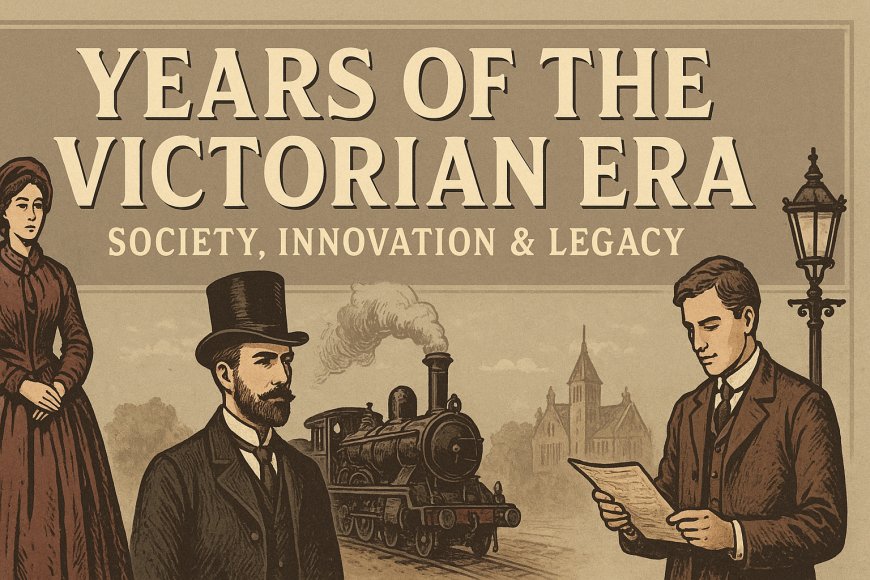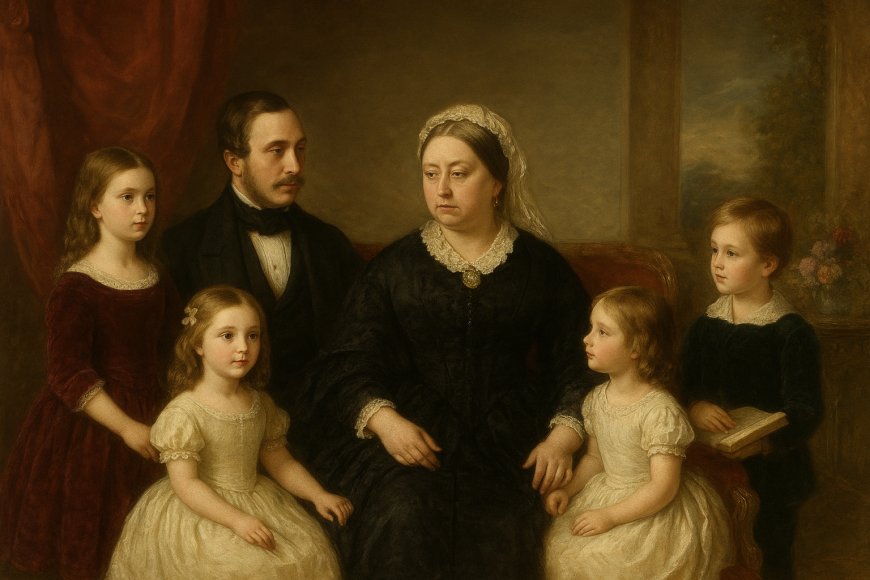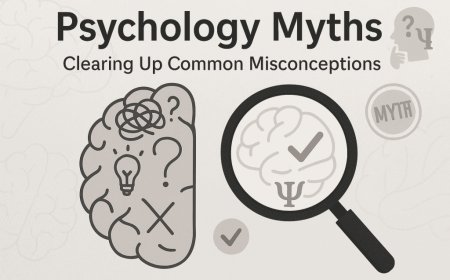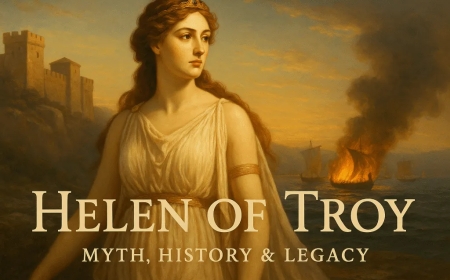Years of the Victorian Era : Society, Innovation & Legacy
Discover the years of the Victorian Era (1837–1901) explore society, innovation, childhood, and the lasting legacy of Queen Victoria’s reign.

Table of Contents
- Introduction
- What Were the Years of the Victorian Era?
- The Pre- and During-Reign Historical Landscape
- Society & Structure During the Victorian Era
- Industrial Progress, Innovation & Textural Change
- Religion, Science & Changing Worldviews
- Literature, Art & Cultural Expression
- Reforms In The Midst Of Crisis
- FAQs – Years of the Victorian Era
- conclusion
-
Introduction
The Victorian Years running from 20 June 1837 to 22 January 1901 constitute a groundbreaking period in British history. Lasting for over 60 years under the reign of Queen Victoria, this epoch intertwined grand technological breakthroughs, strict social stratification, and artistic accomplishments, bestowing a heritage that still defines contemporary ideals. In this in depth guide, we travel through the heart of the era: its social hierarchy, innovations, life as a Victorian child, culture, and lasting impact.
-
What Were the Years of the Victorian Era?

Victorian Era : Image generator by AI The Victorian Age is Queen Victoria's reign (1837–1901) Historians tend to stretch this to cover the wider period of around 1820–1914, encompassing the build-up and aftermath of the changes that took place during her reign. These decades witnessed shifting government, industrial growth, and the flowering of new cultural models.
-
The Pre- and During-Reign Historical Landscape
Britain at the beginning of Victoria's reign was already poised for modernity. The Industrial Revolution remade urban and rural Britain. Engines thudded, cotton mills pierced the skies, and London pulsed with vitality. While this, however, Britain's imperial ventures set the stage for an international presence that few countries could rival.
-
Society & Structure During the Victorian Era
Class Divisions
The Victorian society was starkly divided. Landowners and aristocrats with inherited fortunes were at the top. Then there were the middle class professionals and merchants whose affluence and values started to shape national morality. At the bottom was the working class, absorbing the worst of industrial life: long hours, meager pay, and poor health.
Gender Roles & "Separate Spheres"
The age espoused the doctrine of separate spheres men ruled public life and politics, and women were to govern homes, morality, and child rearing But the increase in working-class families tended to create women working outside the home, quietly undermining these ideals.
A Glimpse of Victorian Children
Children lived lives that varied vastly by class:
Royal and upper-class children had formal education, private tutors, and domestic comfort.
Working-class kids frequently started work early, in factories or mines, with minimal shelter, protection, or education.
For a more detailed picture of childhood during these decades, read Victorian Children: Life in the 1800s a rich description of young people in this multifaceted age.
A Typical Day for a Poor Victorian Child
- Early pre-dawn waking to get ready to work.
- Long days in often dangerous conditions.
- Quick, scantly eaten meals on the move.
- Evening chores at home.
- Minimal rest before starting it all again.
-
Industrial Progress, Innovation & Textural Change
The Victorian period was an age of quickening technological innovation: steam power, the telegraph, medical advances (e.g., anesthesia), and mass print communications transformed communication and everyday life. Railroads linked out of the way towns and made faraway cities accessible irreparably changing the tempo of commerce and culture.
Britain emerged both as the workshop and workshop of the world as wealth was driven by industry but also hard inequality tensions reflected in the literature, politics, and social reforms of the time.
-
Religion, Science & Changing Worldviews
The Victorian attitude was influenced by devout religion and expanding scientific inquiry. The Church particularly Anglicanism continued to be strong, yet publication of Darwin's theory of evolution and increasing empirical inquiry set off intense debates regarding human origin and fate.
-
Literature, Art & Cultural Expression
Literature: Authors uncovered the injustices of the time Dickens exposed inner city poverty, the Brontës probed emotional intensity, and Hardy chronicled rural suffering.
Architecture & Decorative Arts: Traditional Gothic Revival towers, intricate design ornamentation, and architectural Oriental influences characterized public buildings' and domestic interior aesthetics
Cultural Consumption: Increased literacy levels were followed by the popularization of ideas and narratives through serialized novels, newspapers, and magazines, making them available to increasingly wide audiences.
-
Reforms In The Midst Of Crisis
In the midst of industrial prosperity, various problems cried out for correction:
Child labor reform: Gradually, legislation restricted the hours and conditions in which children might labor
Public health: City epidemics prompted sanitation reform and hospital reform.
Education: By the later Victorian years, education became generally available, converting illiteracy into mass learning.
Women's role: Gradually, women entered public life, fighting for education, voting rights, and rights laying seeds for coming movements.
Empire & Global Reach
The British Empire prospered in this period, extending influence and resources throughout Asia, Africa, and the Americas. Trade prospered but colonial domination also spurred resistance and demands for self-government that would intensify in the following century.The Legacy of Victorian Years
Today, the Victorian legacy exists in architecture, legal and educational systems, cultural narratives, and international language. Its contradictions prosperity with poverty, moral austerity with clandestine vice give us insight into how the modern world came into being. -
FAQs – Years of the Victorian Era
1. What years were the Victorian Era?
The Victorian Era lasted from 1837 to 1901, covering the reign of Queen Victoria in the United Kingdom. It was a period of massive industrial, cultural, and political change.2. Why is the Victorian Era important?
This era shaped modern Britain through rapid industrial growth, global trade expansion, and major social reforms. It also influenced literature, architecture, and global politics.3. How did life change during the Victorian Era?
Urban areas grew quickly, factories created new jobs, and inventions like the steam engine transformed daily life. However, poverty and inequality were still major issues for the working class.4. What were some major events in the Victorian Era?
Key events included the Great Exhibition of 1851, the Crimean War, the Irish Potato Famine, and the Second Industrial Revolution. Each played a role in shaping society and technology.5. When did the Victorian Era end?
The era ended in 1901 with the death of Queen Victoria. Her passing marked the start of the Edwardian Era, which brought a different cultural tone.6. What is the Victorian Era’s legacy today?
Many laws, cultural norms, and education systems established during the Victorian Era still influence modern Britain and former colonies. Its architecture and literature remain celebrated worldwide. -
conclusion
The Victorian Years were not simply dates they were a vibrant intersection of tradition and change, empire and reform, codes of morality and modern complication. Society was reimagined and rebuilt during the period from 1837 through 1901, building foundations that are still embedded in our institutions, values, and even in our aesthetics.
What's Your Reaction?
 Like
0
Like
0
 Dislike
0
Dislike
0
 Love
0
Love
0
 Funny
0
Funny
0
 Angry
0
Angry
0
 Sad
0
Sad
0
 Wow
0
Wow
0























